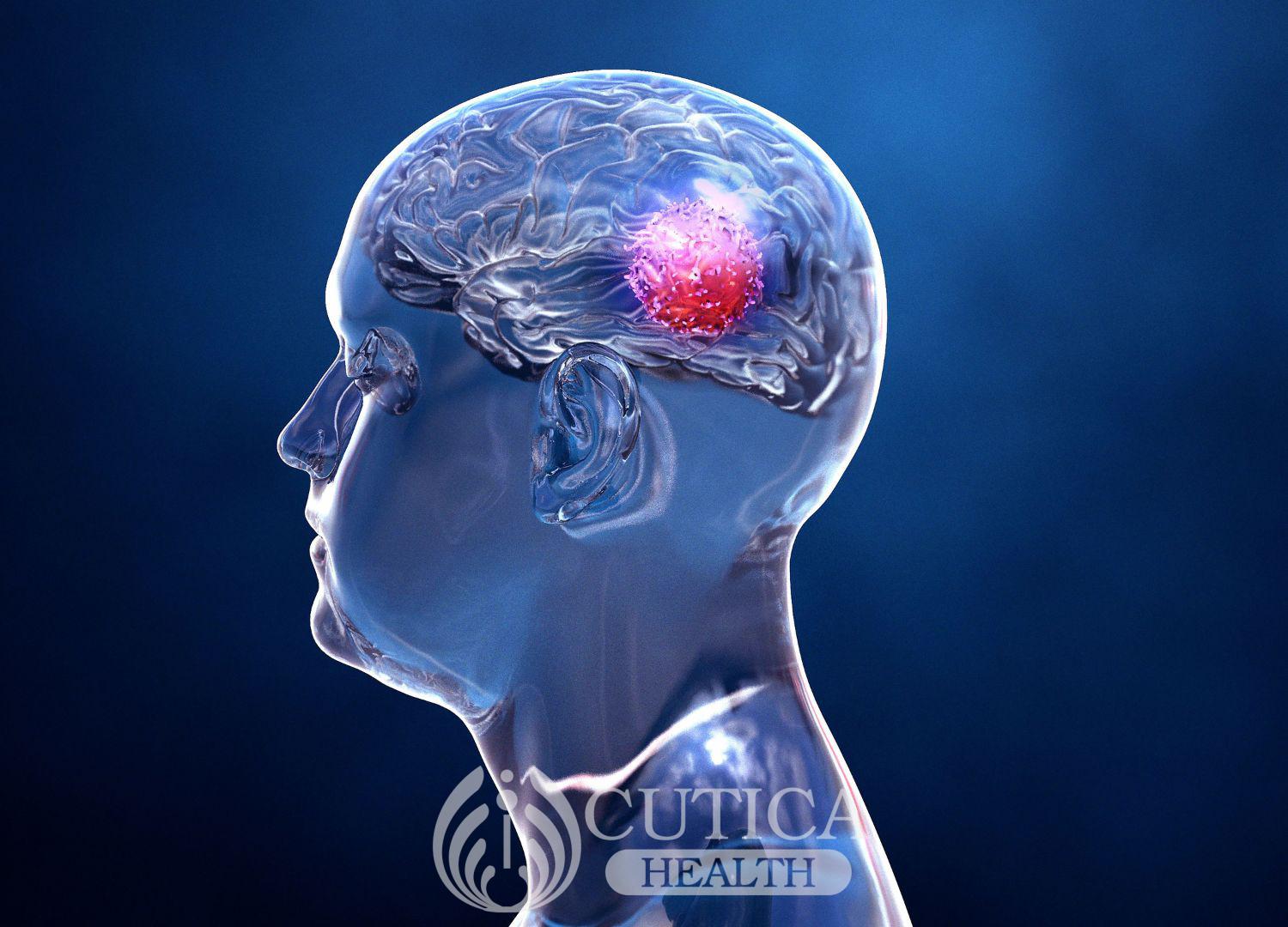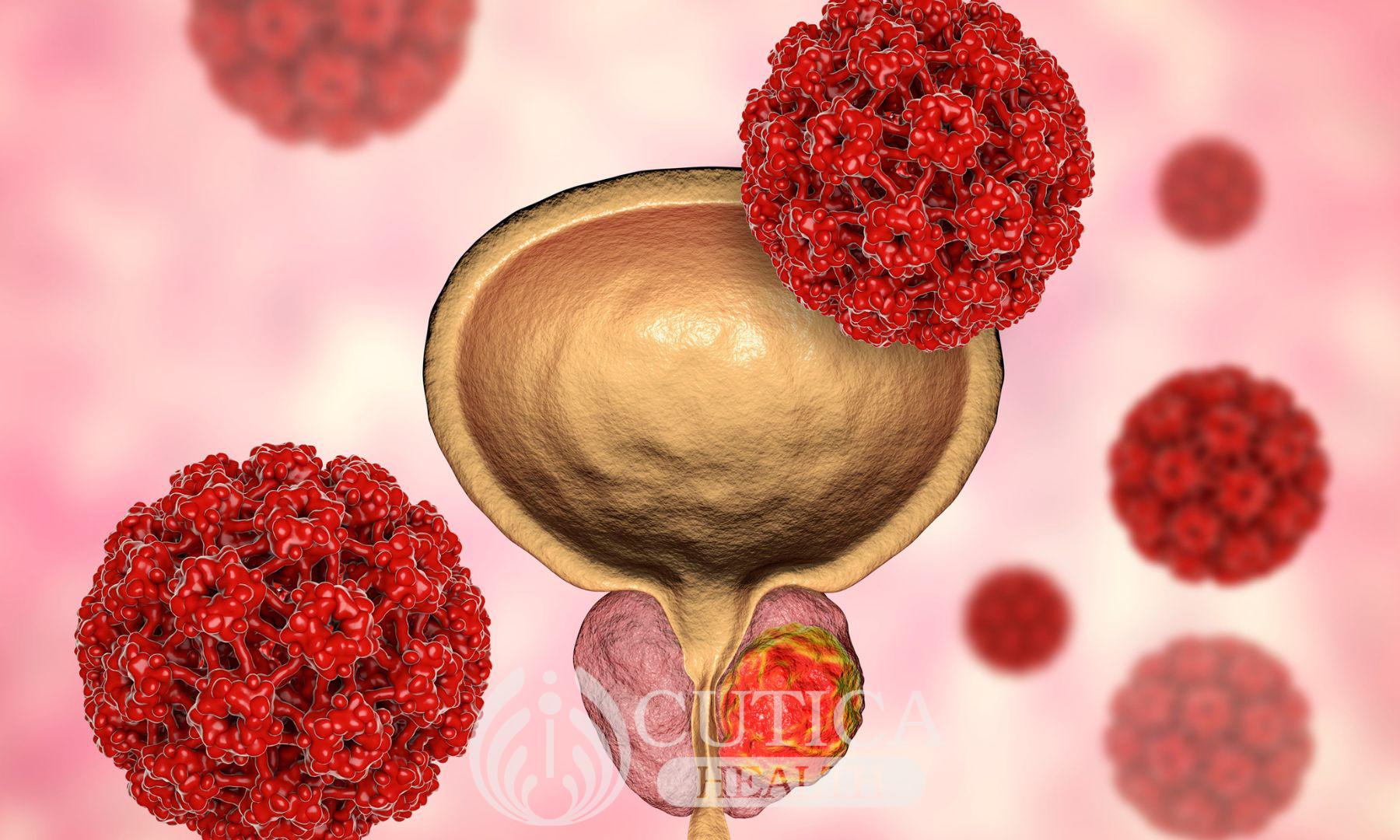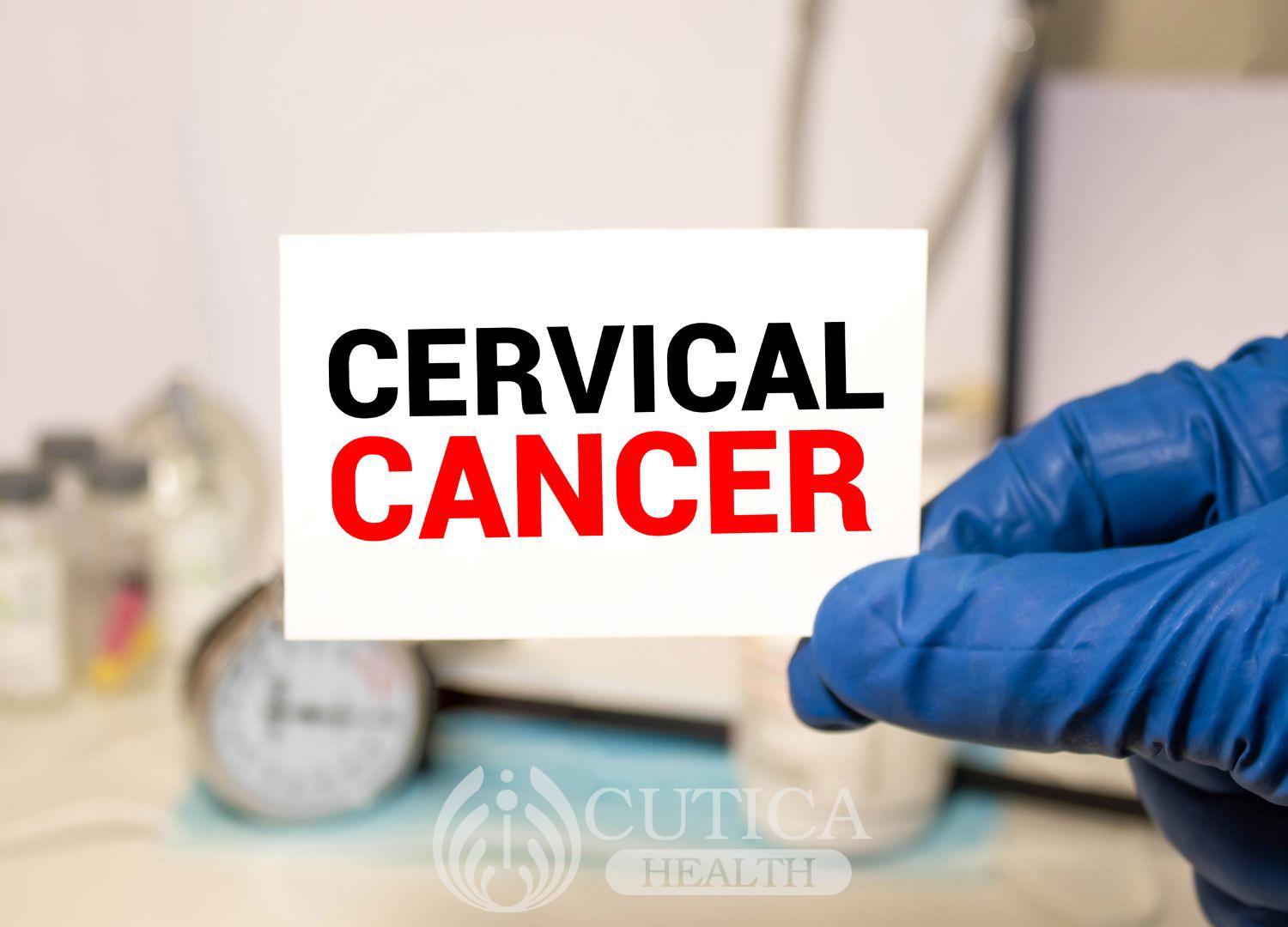
“I just read somewhere about Paul's ordeal with craniopharyngioma. I had never heard of such a disease, and it was scary watching Paul go through so much in the hospital,” John said to his brother.
Recently, there was a story on social media spaces about a popular Nigerian doctor and health educator who had battled with craniopharyngioma, and the question many are asking is: what is this disease?
What is craniopharyngioma?
Craniopharyngioma is a rare type of benign (non-cancerous) tumor affecting the brain. The tumor typically affects the brain’s master gland, the pituitary gland, and then, as it enlarges, it begins to affect the functions of the surrounding structures.
Craniopharyngioma can occur at any age but is often seen in children and older adults. The tumor causes symptoms by putting pressure on structures in the brain, including nerves, brain tissue, and blood vessels. 
What are the symptoms of craniopharyngioma?
Common symptoms of craniopharyngioma include:
- Headache
- Visual disturbances
- Increased thirst and urination
- Behavioral changes
- Confusion
- Vomiting
- Poor growth in children
- Problems with balance

What causes craniopharyngioma, and can it be prevented?
The cause is largely unknown, as are the risk factors. At present, no environmental or genetic risks have been identified as being associated with craniopharyngiomas. As a result, these tumors cannot be prevented.
How is craniopharyngioma diagnosed?
Doctors request tests and procedures to diagnose craniopharyngioma when they have a clinical suspicion of it. Clinical suspicion is followed by a physical examination, which includes testing your vision, balance, coordination, hearing, reflexes, and movement patterns.
If the suspicion of this tumor is high, doctors may request the following tests:
- Blood tests to check the levels of hormones secreted by the pituitary gland
- Imaging tests, including a magnetic resonance imaging (MRI) and computerized tomography (CT) scan, are used to visualize the structures in the brain.
How is craniopharyngioma treated?
There are various treatment options for craniopharyngiomas:
Brain surgery: This involves removing all or much of the tumor. The procedure involves opening a part of the skull to gain access to the brain and the tumor, then using special tools to remove the tumor.
In minimally invasive procedures, doctors use special tools passed through the nose to access the pituitary gland area, where the tumor is typically located.
Doctors may only remove a part of the tumor because the tumor may be attached to important brain structures. Therefore, they remove as much of the tumor as will ensure a good quality of life after the operation.
- Radiotherapy
Radiotherapy uses powerful energy beams to kill tumor cells. There are several variants of radiation beams to ensure precise targeting of the tumor cells. Radiotherapy may be used after surgery to kill off the remaining tumor cells left within the brain.
- Chemotherapy
Chemotherapy uses cancer-killing drugs that are designed to destroy fast growing cells, such as tumor cells. Chemotherapy can be directly injected into the tumor cells to minimize damage to normal, healthy cells.
In summary, craniopharyngioma is a rare type of benign brain tumor that typically occurs in children and older adults. There are no known causes and risk factors for the tumor, so it is largely unpreventable. Nonetheless, craniopharyngioma is treatable, with a wide range of options, including surgery, chemotherapy, and radiation therapy.












